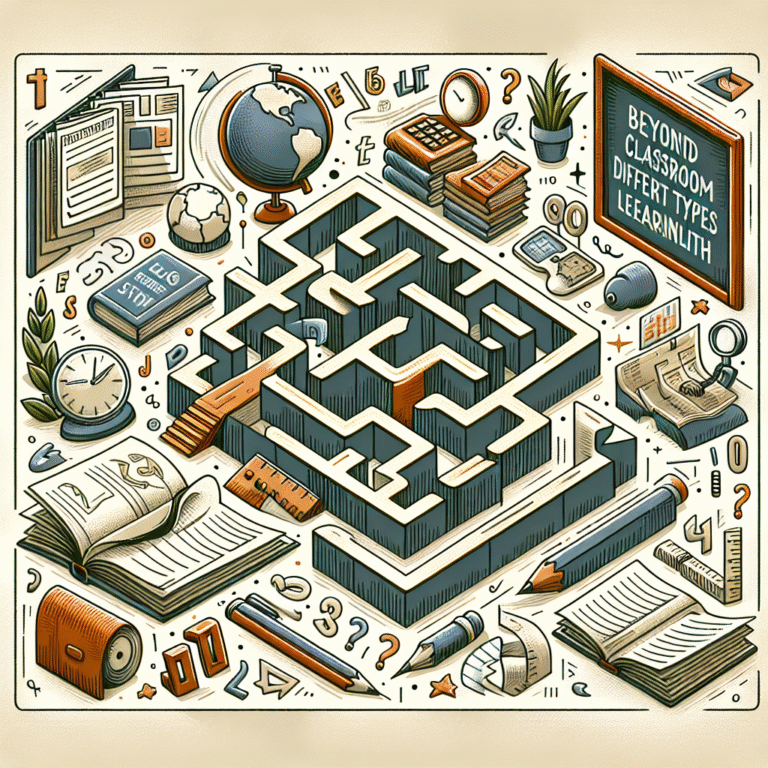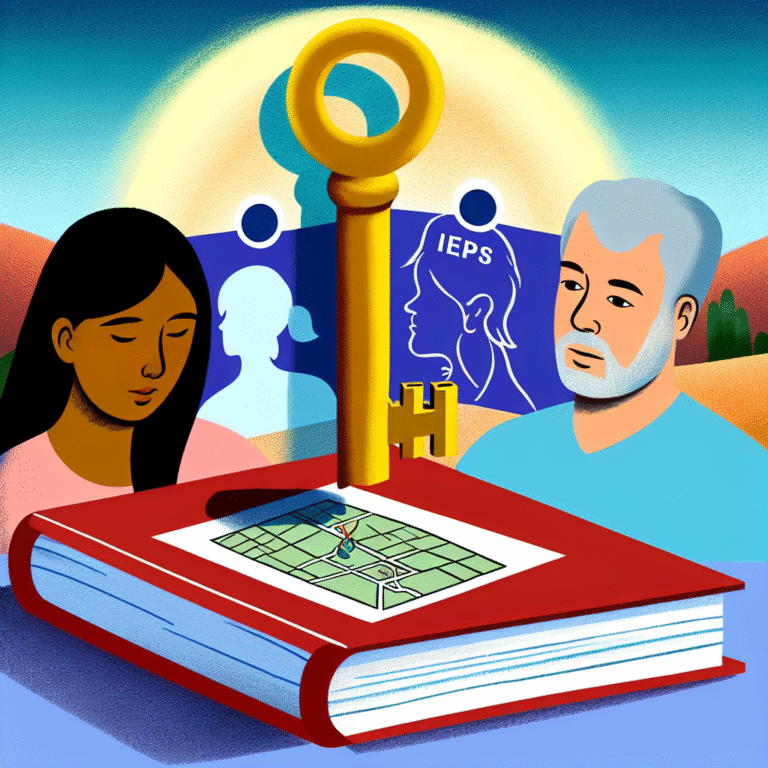
The Art of Disagreement: Navigating Relationship Conflicts with Grace
Introduction: Embracing the Beauty of Differences
Conflict in relationships is as inevitable as the changing seasons; it can leave us feeling unsettled and uncomfortable. However, what if we viewed disagreements not as roadblocks but as opportunities? The art of disagreement—navigating relationship conflicts with grace—holds profound relevance in our personal and professional lives. We live in a world rich with diverse thoughts, beliefs, and perspectives, making the skill to navigate these differences essential for maintaining harmonious relationships. This article will explore The Art of Disagreement: Navigating Relationship Conflicts with Grace, providing unique insights and real-world applications to demonstrate how to approach conflicts positively and constructively.
Understanding the Nature of Disagreement
The Psychology of Conflict
Disagreement often stems from varying values, beliefs, and experiences. Recognizing this is the first step in mastering The Art of Disagreement: Navigating Relationship Conflicts with Grace. Psychology studies show that when we engage in conflict, our primal instincts kick in, triggering fight or flight responses. Understanding these triggers can help us respond thoughtfully rather than react impulsively.
Case Study: The Workplace Team
Consider a scenario in a corporate setting where team members have diverse ideas about managing a project. Bitterness grows as meetings devolve into arguments. Recognizing the psychological underpinnings, a manager introduces structured dialogues, encouraging everyone to express their viewpoints without interruptions. This shift fosters an environment where disagreement becomes a stepping stone to cooperation and shared goals.
| Trigger | Response |
|---|---|
| Feeling attacked | Defensive behavior |
| Perceived criticism | Withdrawal |
| Uncertainty | Escalation of conflict |
The Foundations of Graceful Disagreement
Cultivating a Mindset of Openness
One of the first steps in The Art of Disagreement: Navigating Relationship Conflicts with Grace is fostering a mindset that embraces openness. When we approach disagreements with curiosity rather than judgment, we create an opportunity for meaningful dialogue. Here are some strategies to promote this mindset:
Active Listening: Truly hear the other person’s perspective before responding. This validates their feelings and encourages a more respectful exchange.
- Empathy: Put yourself in the other person’s shoes. Trying to understand where they are coming from can pave the way for resolution.
Case Study: The Family Gathering
During a family gathering, political discussions often ignite heated debates. However, a family member proposed a new approach: instead of arguing, they would share personal stories related to their beliefs. This tactic transformed the conversation into a narrative exchange that allowed family members to connect emotionally, helping them navigate relationship conflicts with grace.
Techniques for Navigating Disagreements
Establishing Ground Rules for Discussions
Setting clear guidelines for how disagreements will be handled can lead to more constructive discussions. Here are some rules to consider:
Respectful Language: Encourage everyone to use kind and considerate language, which can prevent escalation.
- Time Limits: Designate a set amount of time for each person to express their thoughts to maintain balance.
The Power of "I" Statements
Using "I" statements reframes disagreements by shifting the focus from the other person’s behavior to our own feelings. For instance, instead of saying, "You never listen to me," try "I feel unheard when we discuss this topic." This subtle shift encourages more receptiveness and diminishes defensiveness.
Case Study: The Classroom
In a classroom debate, a teacher instills the practice of using "I" statements among students. Initially resistant, students gradually embraced this technique, which led to respectful disagreements and deeper understanding of their peers’ views. This approach illustrates The Art of Disagreement: Navigating Relationship Conflicts with Grace in an educational setting.
The Role of Non-Verbal Communication
Body Language and Its Impact
Non-verbal cues are powerful in communication and can shape the perception of a disagreement. Maintaining eye contact, using open gestures, and mirroring the other person’s body language can convey understanding and support, enhancing dialogue.
Recognizing Signs of Escalation
Understanding when emotions are escalating can help us manage conflicts before they spiral out of control. Signs include raised voices, crossed arms, and avoidance of eye contact. Recognizing these signals gives us the opportunity to pause and recalibrate the conversation.
Case Study: Couples Therapy
In couples therapy, a therapist encourages partners to identify non-verbal signals indicating distress. By acknowledging these signs early in discussions, couples can practice techniques from The Art of Disagreement: Navigating Relationship Conflicts with Grace to re-establish connection and avoid misunderstandings.
Finding Common Ground
The Importance of Shared Values
Identifying common goals can be the foundation for constructive conflict resolution. Here’s a simple process to find shared values:
- Identify Mutual Interests: Start with what’s important to both parties.
- Focus on Solutions: Shift discussions to solutions rather than problems.
- Collaborate: Work together to create a plan that honors differing perspectives yet prioritizes common goals.
Case Study: Community Engagement
A community faces divided opinions on a neighborhood project. By organizing dialogue circles, residents are encouraged to express their views while seeking common objectives, such as improving local safety. This approach exemplifies The Art of Disagreement: Navigating Relationship Conflicts with Grace in community dynamics.
| Step | Action |
|---|---|
| Identify Mutual Interests | Discuss priorities for the community project |
| Focus on Solutions | Generate ideas collaboratively |
| Collaborate | Develop a plan that reflects shared values |
Establishing Healthy Boundaries
Understanding Personal Limits
Knowing your limits is vital when entering discussions. Healthy boundaries may mean taking breaks when emotional intensity rises or deciding to revisit a contentious topic later. Communicating these boundaries effectively can prevent resentment and promote mutual respect.
Case Study: Sibling Relationships
In a sibling relationship, one sibling established a boundary regarding discussions about finances, which tended to lead to conflicts. By communicating this boundary respectfully, both siblings learned to navigate money-related conversations with grace, finding alternative approaches to discuss finances.
Conclusion: Your Journey to Graceful Disagreements
The art of disagreement is not about agreeing to disagree but rather about cherishing and navigating conflicting views with respect, empathy, and positivity. By implementing the principles and strategies from The Art of Disagreement: Navigating Relationship Conflicts with Grace, you can transform tensions into productive discussions that strengthen relationships.
Remember, every disagreement holds the potential for growth, learning, and connection. By harnessing these tools, you can create a more harmonious and understanding environment in your personal and professional lives.
FAQs
What if I don’t feel heard during a disagreement?
Feeling unheard is frustrating. Communicate your feelings using "I" statements and request a moment for the other person to reflect on your point of view.
How can I prevent conflicts from escalating?
Establishing ground rules for discussions, recognizing signs of escalation, and taking breaks can help maintain calm.
Is it possible to disagree and still maintain the relationship?
Absolutely! Respectful disagreement often strengthens relationships as it fosters deeper understanding and trust.
How often should I address conflicts in a relationship?
Address conflicts as they arise but choose the right moment. Timing is crucial for productive conversations.
What are some effective listening techniques?
Practice active listening by summarizing the speaker’s main points, using nodding, and offering affirmations to show engagement.
Navigating disagreements with grace is a skill that can significantly enhance our relationships and overall quality of life. Let’s embrace the art of disagreement and invite more understanding, empathy, and connection into our world.













